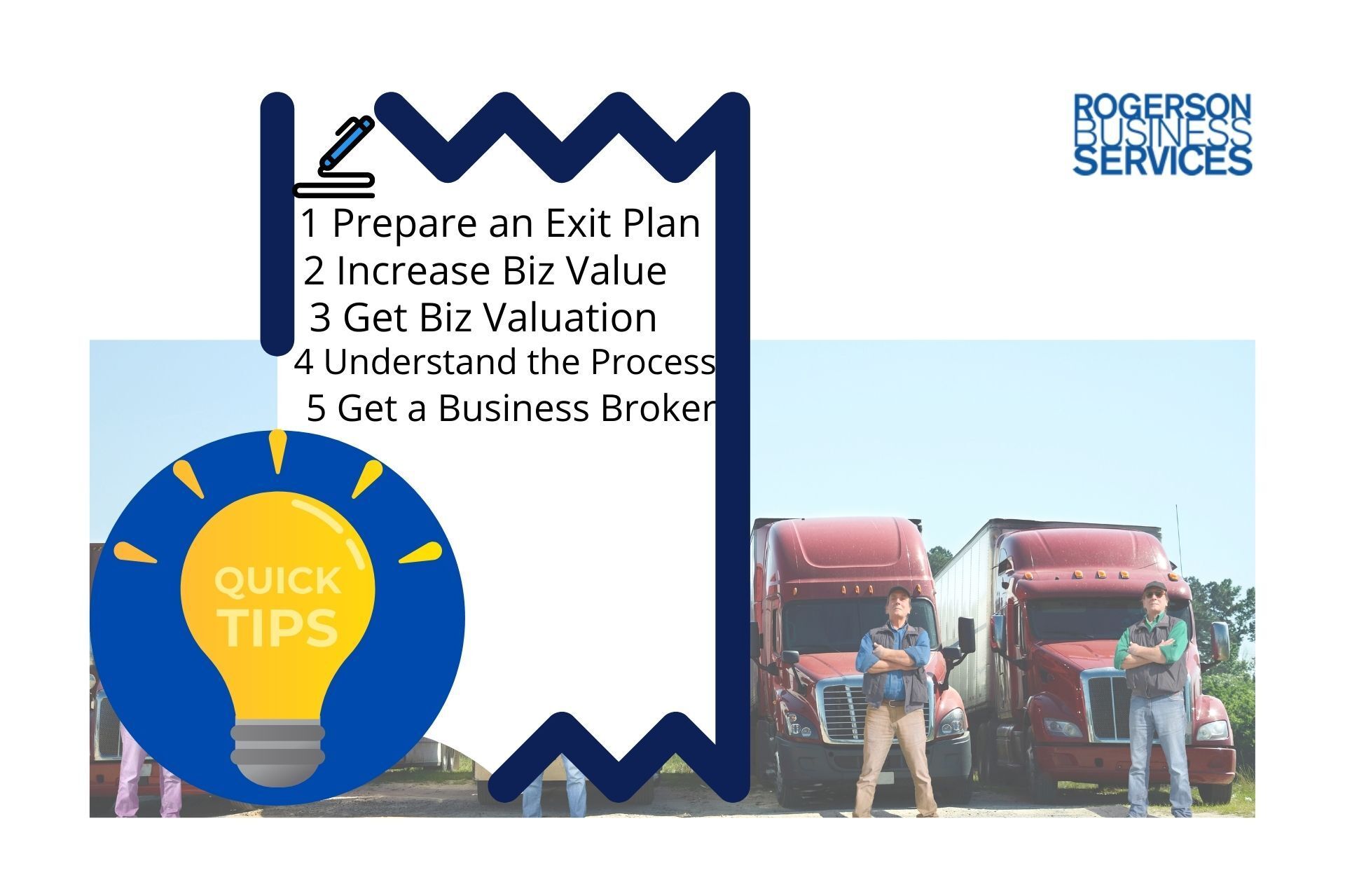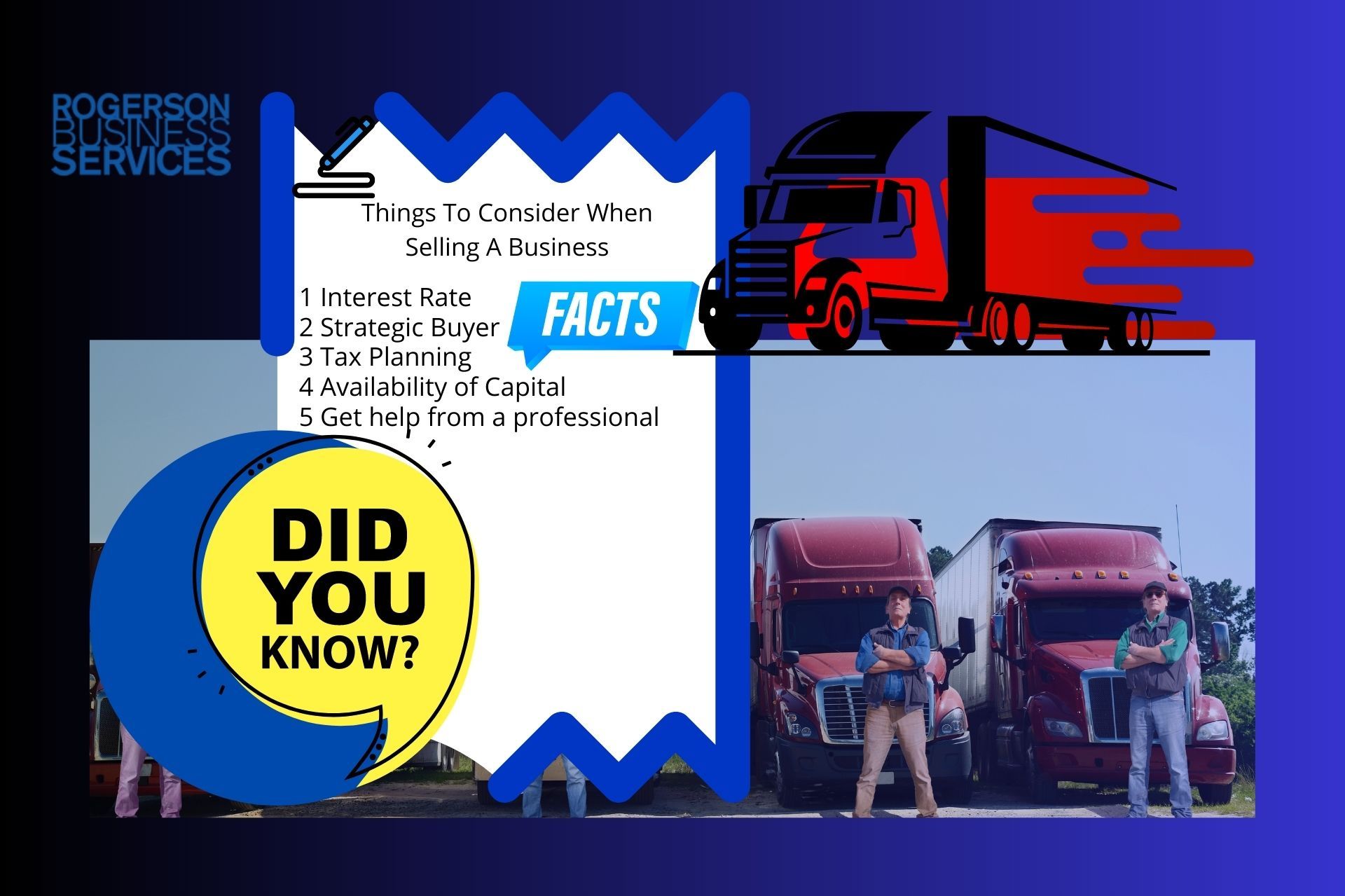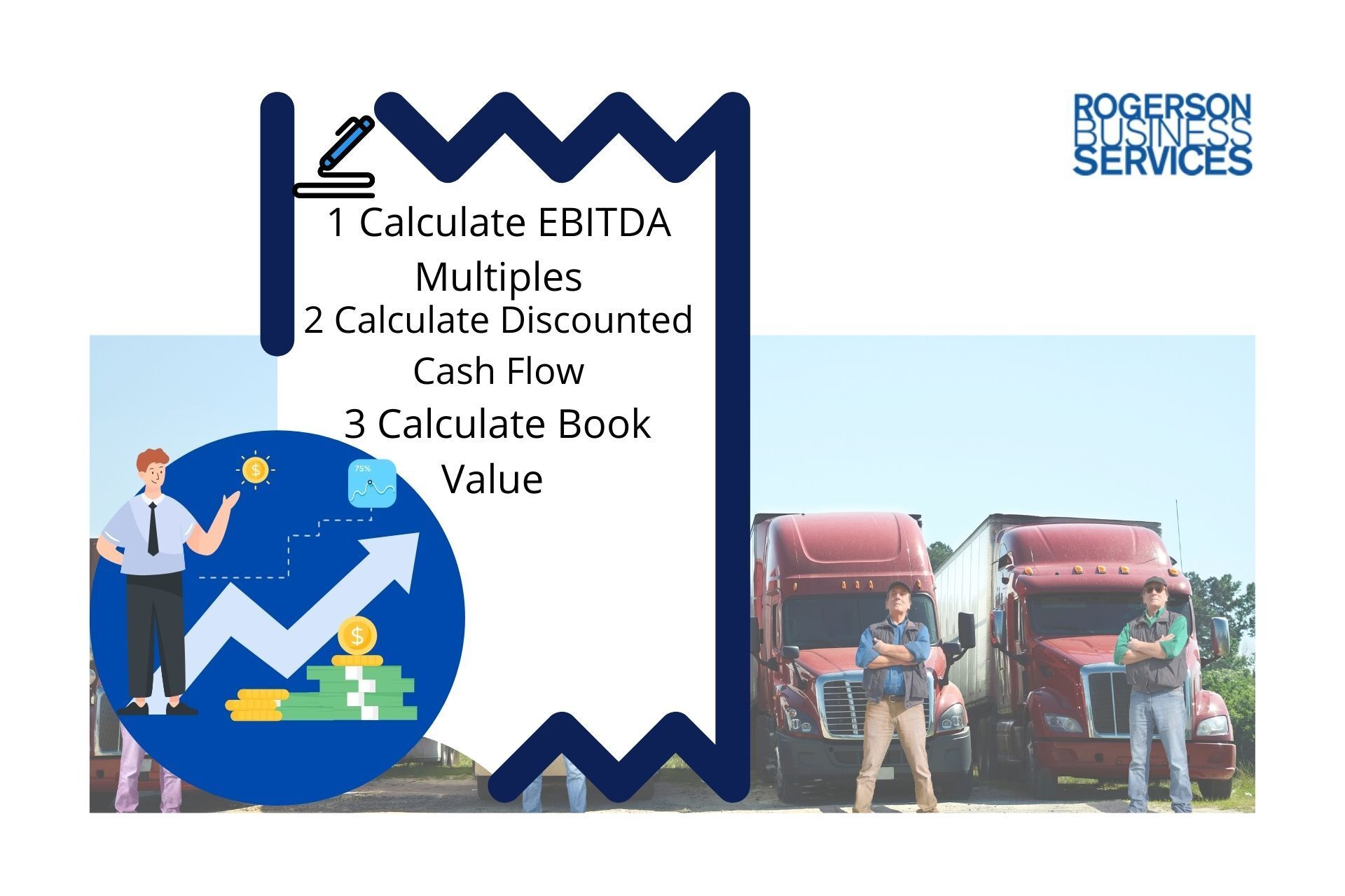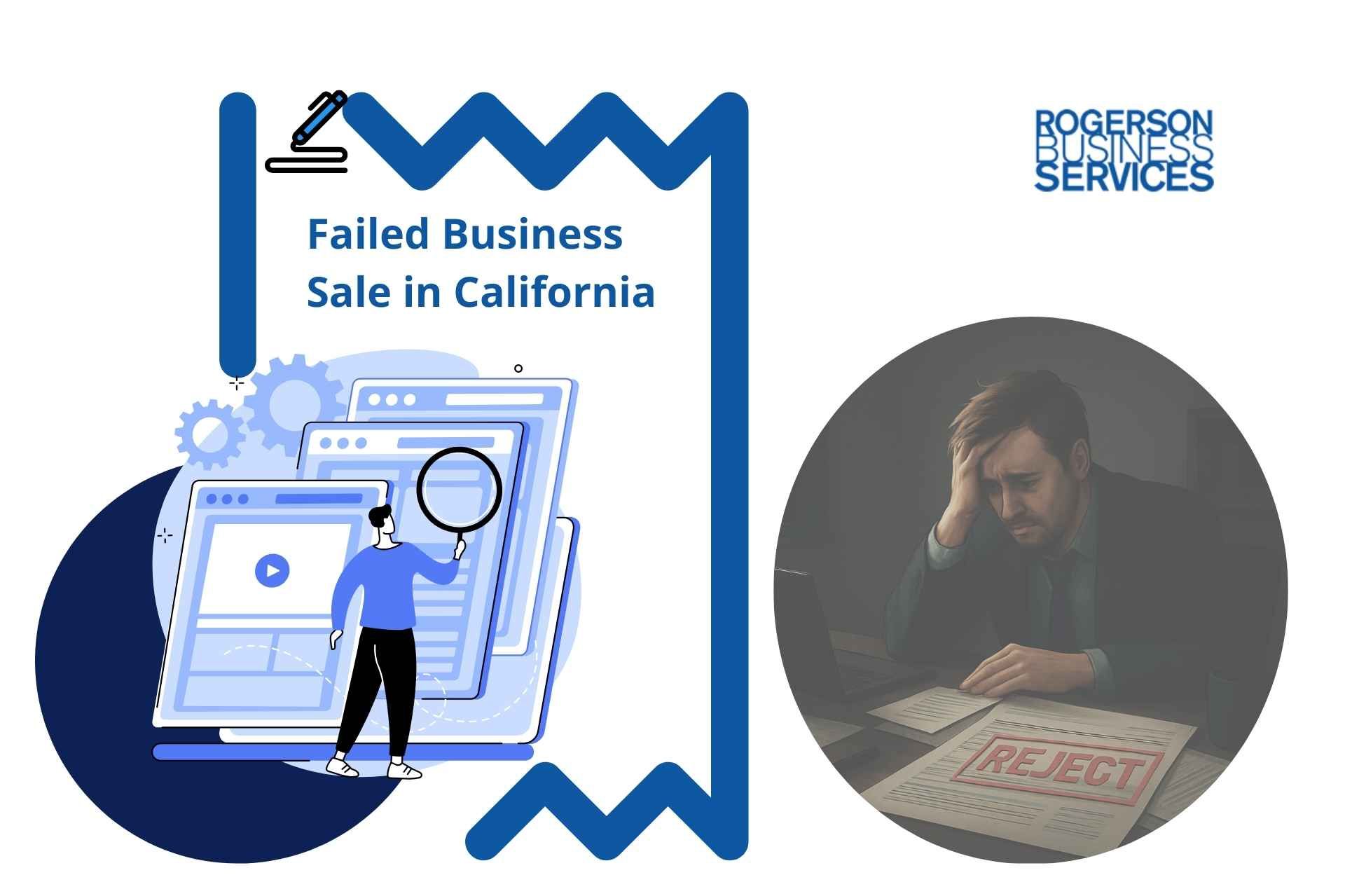EBITDA Multiples for Logistics Companies | Best Calculations
EBITDA Multiples for Logistics Companies in Ten Steps
- Step One: choose the industry. In this case, we will be focusing on logistics.
- Step Two: find between five and ten similar companies that you could compare to each other.
- Step Three: research the chosen companies to ensure that they are indeed similar enough to compare.
- Step Four: gather the financial data for each company.
- Step Five: gather the market data for each company.
- Step Six: use the EV formula to calculate the EV for each company.
- Step Seven: for each financial year you gathered in step 4, divide the EV by the EBITDA for those years.
- Step Eight: with the EBITDA multiples at hand, you can now use them to compare the companies you picked.
- Step Nine: if any EBITDA values are either premiums or discounted, find out why.
- Step Ten: finally, look at the company that you are trying to value and its EBITDA value. Compare that to the EBITDA values of the other companies that you previously calculated.
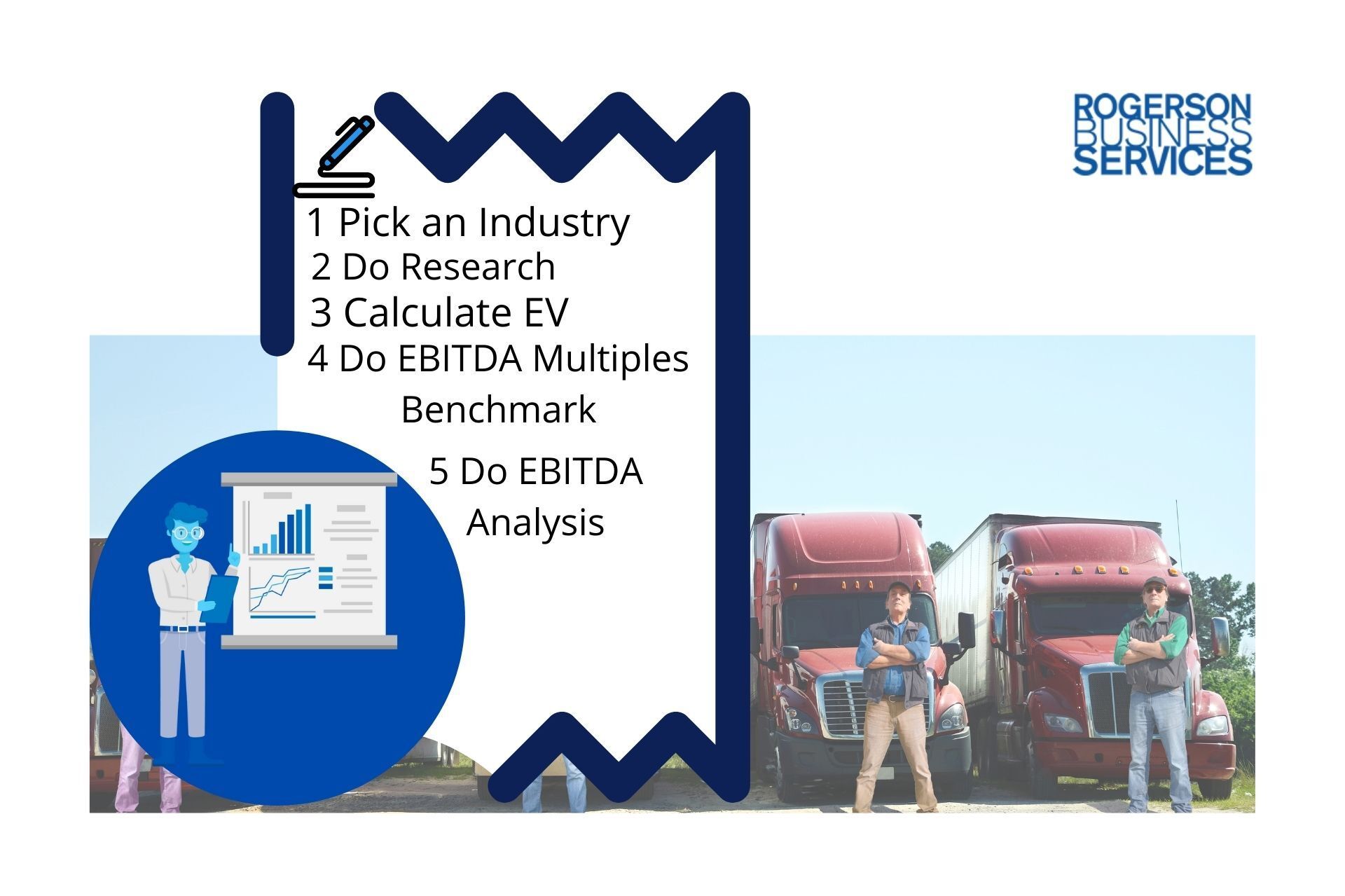
An EBITDA multiple for logistics companies is a tool to calculate the enterprise-level return on investment your business is performing.
Placing this calculation against the transportation industry standard for your area of logistics could show you how you're performing compared to others in your sector and give you some idea of how much you need to improve.
In short, the EBITDA multiples for logistics companies can show you how to value your business. If you know your value, you know what you could sell your company for.
In this article, we have located the best EBITDA calculations for your trucking company to serve you and your business.
Valuing A Haulage Business
When it comes to valuing a business, there are two different valuation multiples.
The two types of valuation multiples are Equity Multiples and Enterprise Value Multiples. For this article, we'll be focusing on Enterprise Value Multiples.
Equity Multiples can only give you a snapshot of the current value of the company, as well as give you an idea of a potential future. On the other hand, Enterprise Value Multiples give a more accurate representation of a company’s value. Enterprise Value Multiples are more used to a logistic company interested in selling, going through a merger, or an acquisition. This is achieved by the effect of debt financing being left out of the final calculation.
Some common Enterprise Value Multiples include EV/Revenue, EV/EBITDAR, EV/EBITDA, and EV/Invested Capital. There are many other methods of calculating the value of a business. These four are simply the most common ones used.
This article will focus on EV/EBITDA.
EBITDA is a helpful calculation, and it’s relatively simple to use. It uses publicly available information and is a standard tool in the financial world. It works best with stable businesses that are not making large expenditures.
You will be able to apply your EBITDA to the three common approaches for valuing a company: The income approach, Market approach, and Asset approach. You can calculate all three and compare the results.
EBITDA is particularly good for comparing the values of several companies. This process is called Comparable Company Analysis and is part of the Market approach. It gathers information from other comparable companies (i.e., companies in the same sector), such as their own EBITDA, and compares it to your business.
How to Calculate EBITDA Multiples
There are ten steps to calculating the EBITDA multiples for logistics companies.
- The first step is to choose the industry. In this case, we will be focusing on logistics.
- Find between five and ten similar companies that you could compare to each other.
- Research the chosen companies to ensure that they are indeed similar enough to compare. Keep an eye out for differences such as the geographic region, the goods they transport, or the means of transportation.
- Gather the financial data for each company. You'll need three years' worth for the calculations. The information required will include the revenue, EBITDA, gross profit, and EPS)
- Gather the market data for each company. This would consist of the share price, debt, and outstanding shares.
- Use the EV formula to calculate the EV for each company. The formula is the market capitalization plus the net debt.
- For each financial year you gathered in step 4, divide the EV by the EBITDA for those years.
- With the EBITDA multiples at hand, you can now use them to compare the companies you picked.
- If any EBITDA values are either premiums or discounted, find out why.
- Finally, look at the company that you are trying to value and its EBITDA value. Compare that to the EBITDA values of the other companies that you previously calculated.
Valuation Services in the Logistics Sector
There are five main reasons for a company to use an EBITDA.
The first reason is to calculate the current trading value of a company. This number will be given as a multiple, such as 16x or 4x. As logistics deal in global trade, it is vital for logistic companies to know where they stand on a worldwide market.
The second reason is to compare your company against several other companies in the same sector. As we saw in the last section, this typically only works when the other companies are relatively similar in geographic region, methods, and product. The EBITDA multiple becomes less significant the further away companies become. For example, comparing four trucking companies in North America that all transport crude oil would be better than four trucking companies in two different countries that transport three other products.
The third reason is to calculate a terminal value, as is used in a Discounted Cash Flow model. This model estimates the value of a company based on its potential future cash flow. There are few large capital expenditures for something like a logistics company making a hit to the cash flow.
Fourth, the EBITDA can be used when selling a business. During an acquisition, the buyer of a logistic company may offer something like 3x EBITDA.
Finally, when putting together an equity research report, the EBITDA can calculate a target selling price. This is great for either just filing annual reports or setting up a selling offer for potential buyers.
EV/EBITDA Formula
The EBITDA stands for "Earnings before Interest, Taxes, Depreciation, and Amortization." The formula for the EBITDA lies in the acronym.
To perform this calculation, first, you need the company's net income.
Second, subtract all business expenses except for interest, taxes, depreciation, and amortization as mentioned in the acronym.
To reach the EV/EBITDA multiple as mentioned above, you need to take this figure and divide it by the Enterprise Value (EV). This will give you a multiple (12x, 23x, etc.).
Importance of EBITDA Multiples in the Logistics Sector
When selling a transportation business, you need the correct data at hand to make an informed decision on your company's value. Due to the lower capital acquisitions, the EBITDA multiples for logistics companies remain the superior model for the transportation and trucking sector. It is a widely used and trusted method to allow you to make the best decisions for your business.
As a business owner, you don't need to struggle through evaluating a logistics company yourself. A trained and qualified M&A broker (Mergers and acquisitions) would be happy to answer all of your questions and find ways to increase your value.
If you are a retiring business owner looking to exit your lower middle market trucking business in California, here are six tips to get you started:
1. Don't wait until the last minute to start planning your exit. The process of selling a lower middle market trucking business can take a long time, so it's important to start early.
2. Have a clear idea of what you want to get out of the sale. Know your goals and what you're willing to negotiate.
3. Know what's your company's worth. This is an essential step to take when planning to sell your trucking and logistics business company in California.
4. Choose the right type of buyer. Not all buyers are created equal, so do your research and find the right one for your business.
5. Be prepared for a lot of due diligence. M&A buy-side due diligence is when buyers will want to know everything about your business, so be ready to provide documentation and answer questions.
6. Be flexible with the terms and conditions of the deal. It's important to be open to negotiation to get the best possible deal for your business.
Rogerson Business Services, also known as, California's lower middle market business broker is a sell-side M&A advisory firm that has closed hundreds of lower middle-market deals in California. We are dedicated to helping our clients maximize value and achieve their desired outcomes.
We have a deep understanding of the Californian market and an extensive network of buyers, which allows us to get the best possible price for our clients. We also provide comprehensive support throughout the entire process, from initial valuation to post-closing integration.
Our hands-on approach and commitment to our client's success set us apart from other firms in the industry. If you consider selling your lower middle market transportation business, we would be honored to help you navigate the process and realize your goals.
If you have decided to value and then sell your lower middle market transportation and trucking company or still not ready, get started here, or call toll-free 1-844-414-9600 and leave a voice message with your question and get it answered within 24 hours. The deal team is spearheaded by Andrew Rogerson, Certified M&A Advisor, he will personally review and understand your pain point/s and prioritize your inquiry with Rogerson Business Services, RBS Advisor
Go to the
first article: Part of a guide to help sell transportation and trucking company in California series ->
More Tips to Help Sell a Lower Middle Market Trucking Company in California
Hey there! Can we send you a gift?
We just wanted to say hi and thanks for stopping by our little corner of the web. :) we'd love to offer you a cup of coffee/tea, but, alas, this is the Internet.
However, we think you'll love our email newsletter about building value and properly position your company before transition/exit your business ownership.
As a special welcome gift for subscribing, you'll also get our helping and educational guides, tips, tutorials, etc.. for free.
It's filled with the best practices for retiring serial business owners like Dan Gilbert, Larry Ellison, Warren Buffett, and many more.
Just sign up for our emails below.

